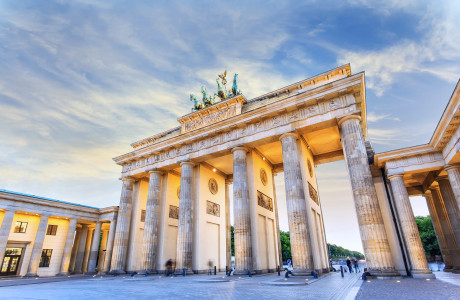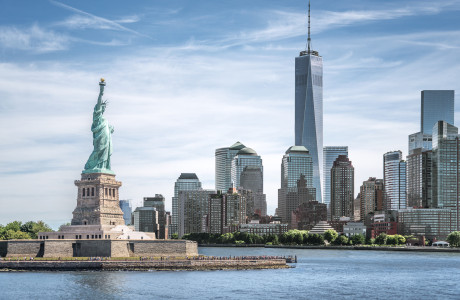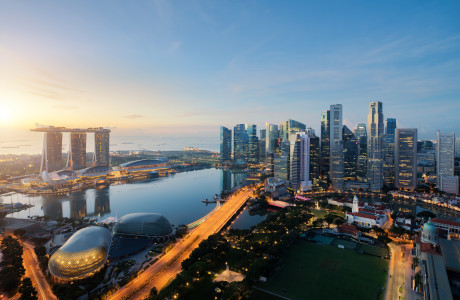
Airports in Paris: Charles de Gaulle Airport & Co.
Whether for a stroll along the Seine, a rendezvous on the Eiffel Tower, business meetings in the center or onward travel to other parts of France - the City of Love is one of the world's most visited destinations. Paris' airports are correspondingly busy, together ranking among the top 5 busiest airport systems in the world. In Europe, only London's airports are ahead of them. The best-known airport in Paris is Charles de Gaulle Airport, but what other airports are there and what makes them special? What is the best way to get to the city center? And what else is there to see in France's capital? Here you can find out everything you need to know.
An Overview of the Airports in Paris
There are a total of four airports in Paris or the surrounding area, the oldest being Le Bourget Airport. Although it was Paris' main airport for decades after its opening in 1919, no scheduled flights have operated there since 1980; only private planes and aerobatic aircraft still land here. The city's three active international airports are Paris Charles de Gaulle, Paris Orly and Beauvais-Tillé Airport near Paris. For a long time, Orly was the airport in Paris with the highest volume of passenger aircraft, before it was replaced by the newer Charles de Gaulle Airport.
Many Countries, Many Airlines: Charles de Gaulle Airport
Paris Charles de Gaulle Airport is among the world's top 10 airports with the highest passenger traffic. In some relationships, it is even the front-runner. For example, the largest number of different countries are served from here and the highest volume of different airlines also lands at Charles de Gaulle Airport - undoubtedly a testament to the popularity of Paris as a travel destination and to the importance of the airport itself.
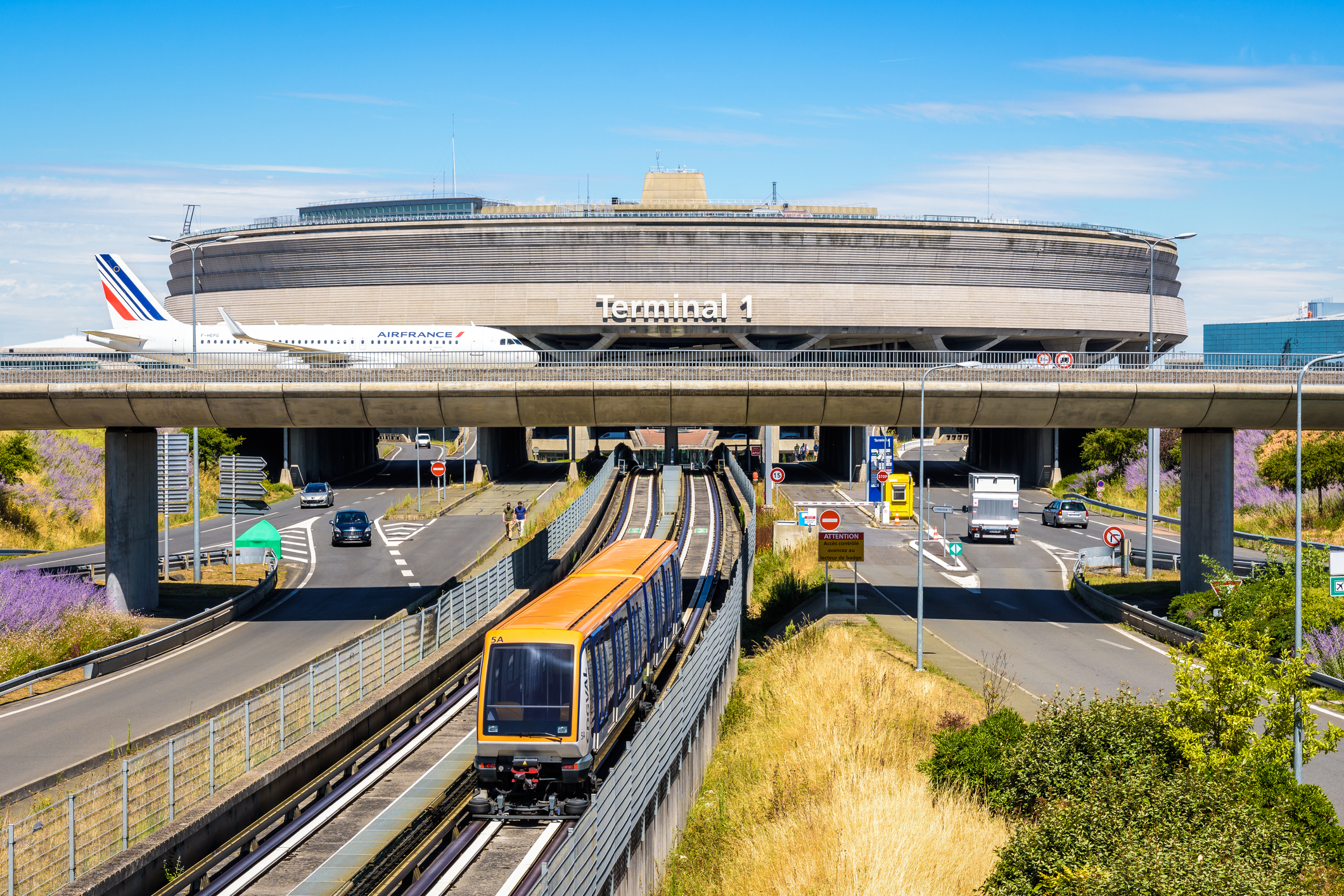
Originally planned under the name Paris Nord or alternatively Roissy, Charles de Gaulle Airport was designed in the 1960s when it became clear that Paris' airports could no longer cope with the high volume of passengers. It then opened in 1974 under its current name, named after the former French general and president. Since 1993, it has been the busiest of Parisʼ airports.
You can get to Paris particularly quickly and conveniently by RER (Paris Regional Train) from Charles de Gaulle Airport. The trip takes about 35 minutes and it serves all major stations, making it particularly easy to switch to the metro. Even the ticket is still valid. Buses and cabs are also available, but are less recommended due to the distance of around 35 kilometers from Charles de Gaulle Airport to the center of Paris - in terms of price, they also offer no advantages over the trains.
Nationaler Hub: der Flughafen Paris Orly
Even though Charles de Gaulle Airport is the largest in France, among Parisʼ airports Orly continues to occupy an important role. Indeed, it continues to be busy, especially for domestic air traffic, with more recent figures often exceeding even those of Charles de Gaulle. Also overall, Paris Orly is not only the second busiest airport in Paris, but in all of France.
Opened in 1932, Paris Orly initially served as a secondary airport alongside Le Bourget. In the post-war period, it then rose to become the most important airport in the French capital, at the same time it also served as a base for the US Air Force until the late 1960s. The opening of Charles de Gaulle Airport saw the outsourcing of many international flights, although destinations on all continents except Australia and Antarctica are still served today.
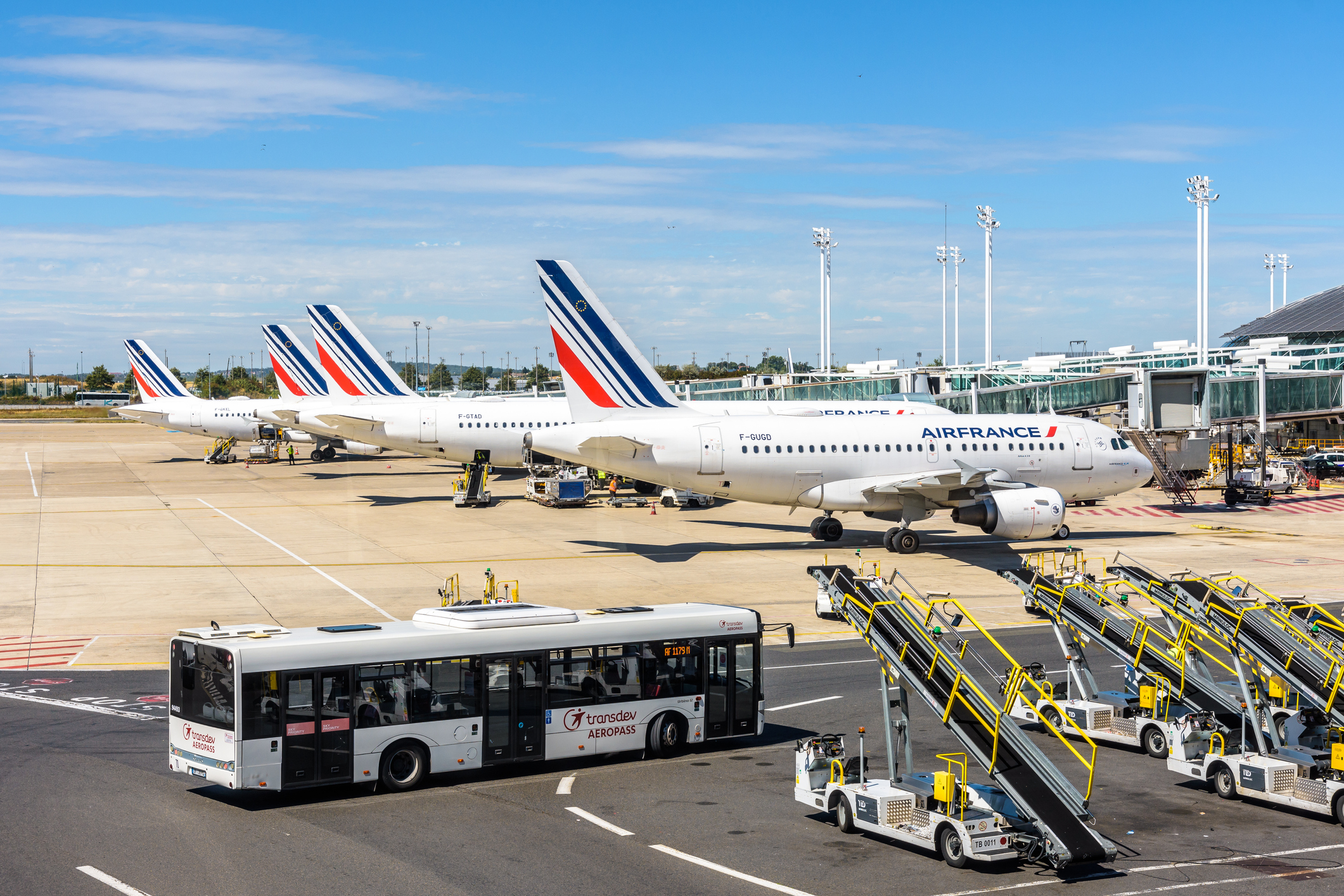
With a distance of about 18 kilometers from the city center, Paris Orly Airport is the most central among Paris airports. It takes about half an hour to reach the Paris metro network by streetcar, which is convenient and operates at close intervals. A connection to the RER can also be reached by bus.
By the way: For the cab from Paris Orly airport to the city center, you usually pay a fixed price, although this is somewhat higher for the right side of the Seine.
Budget Destination: The Airport Beauvais-Tillé near Paris
Although it lies a full 80 km north of the city center, Beauvais-Tillé can certainly be included in the list of Parisʼ airports. This is because a particularly large number of budget and charter airlines take off and land here, which often makes it a low-cost alternative among Paris airports.
Originally built in the 1930s, Beauvais-Tillé Airport was later planned as a NATO air base. When those plans were dropped, it was instead converted to a civilian airport in 1956. Major reconstruction work took place once again in 2005.
You can make the rather long journey into the center from Beauvais-Tillé Airport to Paris by shuttle, with the trip to the Porte Maillot metro station taking about 75 minutes. Other options include cabs or private car services.
Sights in Paris
A list of the sights of Paris can fill entire guidebooks. Obvious are, of course, Eiffel Tower, Louvre and Notre Dame, but due to the high volume of tourists, especially during vacation periods, often also crowded. Therefore, our recommendation: enjoy Paris in peace!
Architecture
Row upon row of white houses adorn the French capital. This striking appearance is neither coincidence nor historically grown: In the time of the second French Empire from 1852-1870, the city was heavily remodeled under the direction of Georges-Eugène Baron Haussmann. In particular, old neighborhoods in the city, which had been tightly built up until then, were demolished and replaced by the spacious boulevards that characterize today's image. In this way, Paris acquired its very special character.
Museums
For art lovers, there are also numerous extremely worthwhile attractions besides the Louvre. Well known here are, for example, the Centre Georges Pompidou, which houses the largest museum of modern art in Europe. French impressionists can be admired at the Musée d'Orsay and the Musée de l'Orangerie. The latter houses Monet's famous water lilies, for example. Major museums on topics such as natural history or the military are also found in the city, of course.
Restaurants
French haute cuisine enjoys an excellent reputation worldwide. Many restaurants that established this reputation during the so-called Belle Époque between 1871 and 1880 still exist today. So for gourmets, the city is a true feast and everyone else will undoubtedly get their money's worth from the wide culinary selection in the French capital. A subsequent stroll along the Seine rounds off any visit to a restaurant in a harmonious way.
Paris is undoubtedly always worth a trip and the airports of Paris offer fast and uncomplicated connections to the metropolis. We wish you bon voyage!

